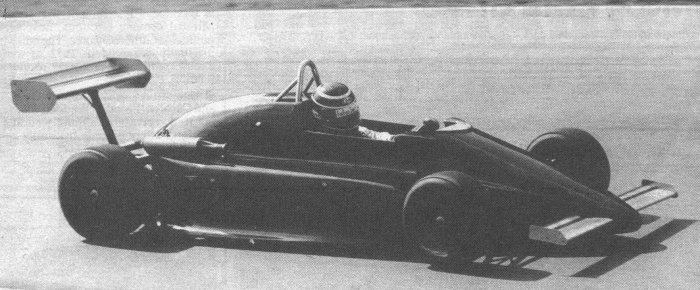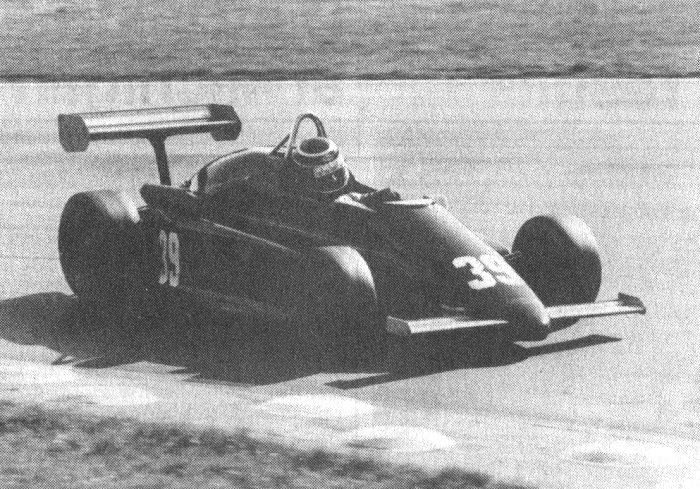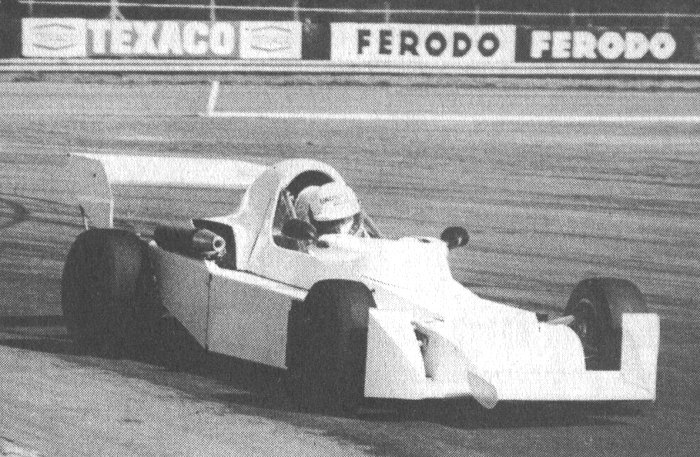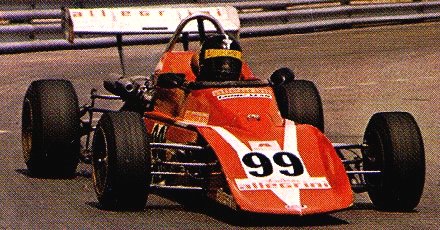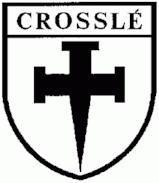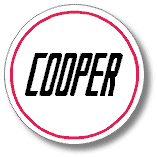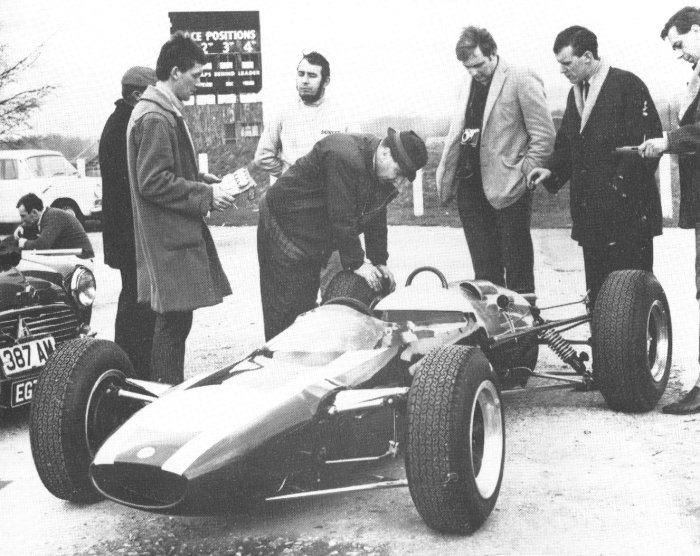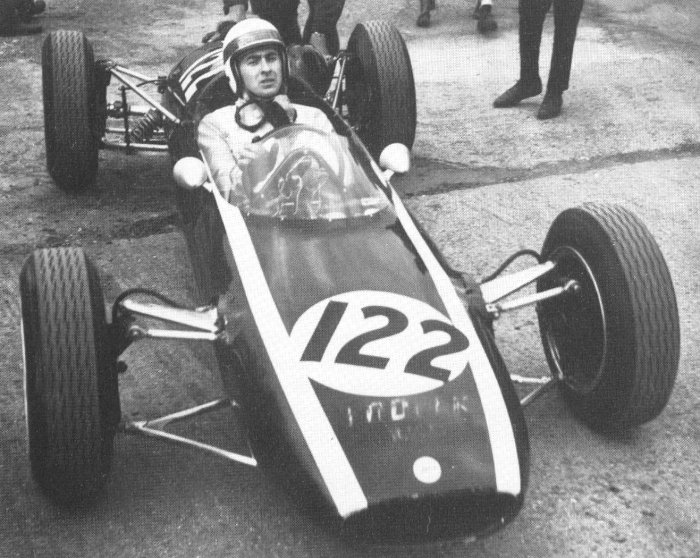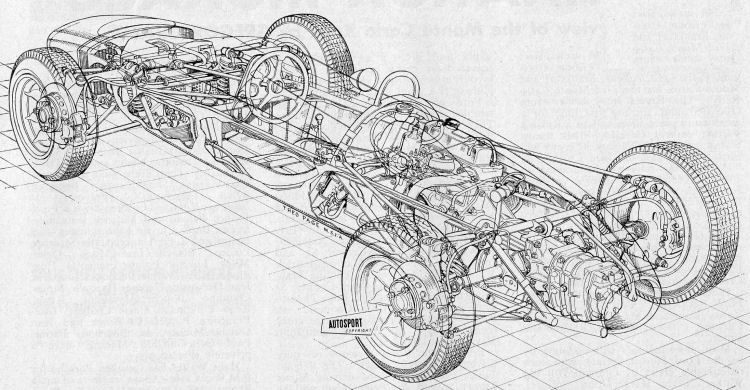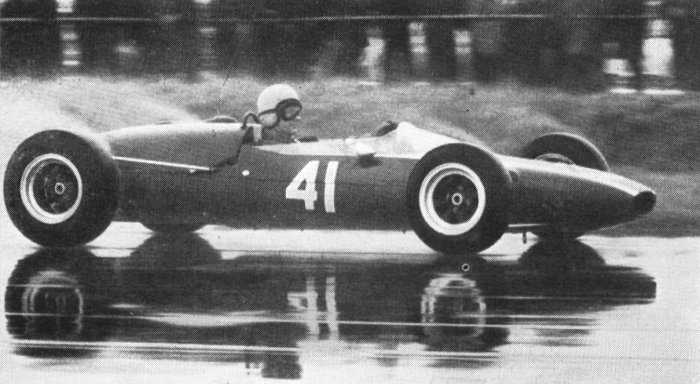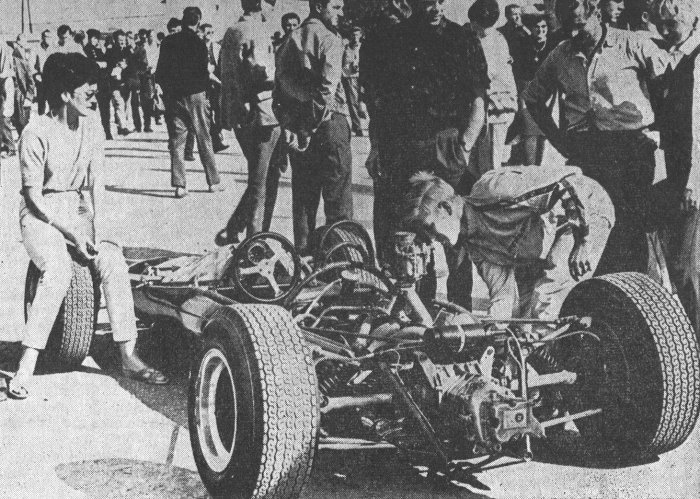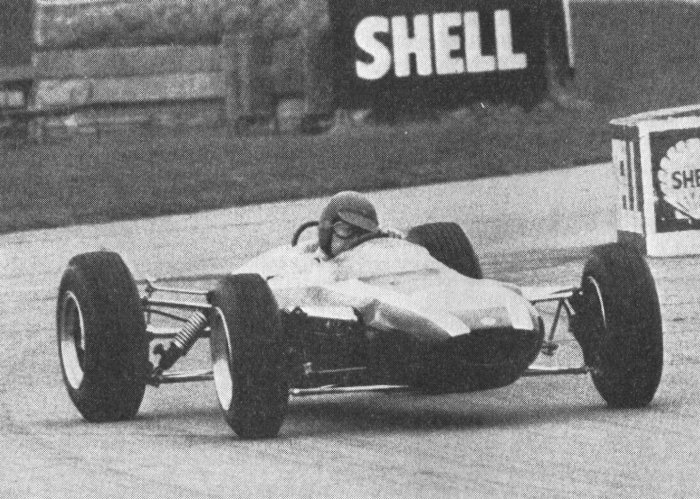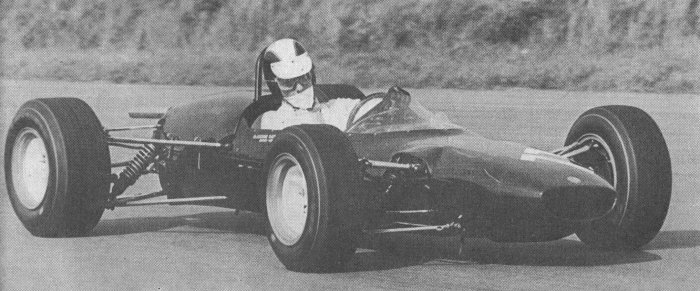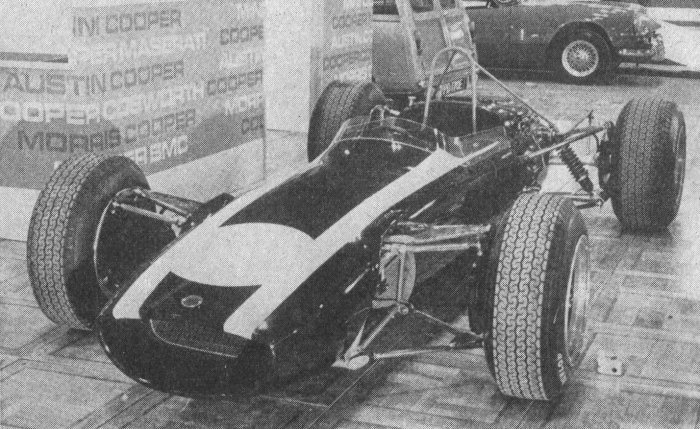(N.B. Race reports in the early sixties often didn’t specify the chassis type so details are necessarily uncertain)
1964
T72
Warwick Banks, Bernhard Baur, Jacques Bernusset, Jean-Pierre Blanc, Michel Buis, Leo Cella, Michel Dagorne, Paul Deetens, Yves Deprez, Andrew Fletcher, Jean-Claude Franck, Jean-Pierre Jaussaud, John Love, Eric Offenstadt, André Periat, Peter Revson, John Rhodes, Pierre Ryser, Rob Slotemaker, Jackie Stewart, Jean Wauters.
T67
Charles Crichton-Stuart, Fritz Heini, Alain Jamar, Trevor Shatwell.
T65
Egert Haglund.
T59
Mike Budge, Hartvig Conradsen, John Greene, Otto Lux, Rolf Scheel, Günther Schramm.
T56
Michel Dourel, Theo Harzheim, Gerry Meharey, Joachim Münchow, Paul Poty.
T52
Vincenzo d’Arrigo, Karl-Adolf Kneip.
?
Bruno Deserti, Fritz Kallenberger, Guy Ligier, Harald Limberger, Richard Peel, Jacques Pouzet, Laurent Rotti.
1965
T76
Clive Baker, Warwick Banks, Rodney Banting, Jacques Bernusset,Jean Blanc, Bob Bondurant, Gunnar Carlsson, Charles Crichton-Stuart, Yves Deprez, John Fenning, Rollo Fielding, Andrew Fletcher, Mike Herbertson, Seppo Keinänen, Mike Knight, Steve Matchett, Leo Matilla, Paul Poty, Yngve Rosqvist, Pierre Ryser, Nestor Salerno, Julien Vernaeve.
T72
René Abbal, Trevor Bibb, Henning Bock, John Brindley, Michel Buis, Robert Challoy, Joseph/Georges Choukroun, Paul Deetens, Jean Denton, Gustave ‘Taf’ Gosselin, Frank Williams.
T67
Lars Bjuhr, John Kendall, Luigi Petri.
T59
Sven Andersson, Georg Duneborn, Sven-Olof Gunnarsson, Åke Lindberg, Otto Lux, Günther Schramm, “Peter Silvester”.
T52
Paul Andersen.
?
Sven Andersson, Georges Ansermoz, Clive Baker, Lars Bjuher, Jean Durif, Sven Fürstenhof, Egert Haglund, Fritz Kallenberger, Hellfried von Kiwisch, Mike Knight, Giovanni Ballico Lay, Jean-Christian Legarth, Hasse Nilsson, Ib Ödgaard, Laurent Rotti, Hardy Sandstrom, Frank Williams.
1966
T83
Clive Baker, Jean-Pierre Cassegrain, Jeremy Dobson, Hughes de Fierlandt, Keith Greene, Mike Herbertson, “Josse” (Joseph/Georges Choukron), John Kendall, Len Selby, Lars-Åke Tejby, Barrie Williams.
T76
Jean Blanc, Howard Bennett, John Brindley, Jean-Pierre Cassegrain, Eddie Coates, Barry Collerson, Jeremy Dobson, Barrie Ford, Kurt Keller, John Kendall, Tico Martini, Leo Matilla, Reine Wisell.
T72
Jean Blanc, Henning Bock, Joseph/Georges Choukron, Jeremy Dobson, James Eatherley, Alain Jamar, “Josse” (Joseph/Georges Choukron), Bob King, Hans Nilsson, John Patterson, Mike Peel, Richard Peel, Hans Sjosted.
T59
Günther Schramm.
T56
Gerry Meharey.
T52
Vincenzo d’Arrigo.
?
Svenharry Åkesson, Georges Ansermoz, Jacques Bernusset, Reiner Boczek, Heinrich Brendt, Valerio Campanati, Remigio Cianfriglia, Hans-Joachim Holze, Vladimir Kutra, J Mead, Hans Nilsson, Ib Ödgaard, Laurent Rotte, Pierre Ryser, “Peter Silvester”, Jean Sodreau, Raymond Sodreau.
1967
T85 (see “1967” above)
Mike Peel.
T83
Georges Ansermoz, Hughes de Fierlandt, Roger Keele, Ray O’Connor, Len Selby.
T76/83
Mike Herbertson.
T76
Bev Bond, Jeremy Dobson, Gunnar Elmgren, Reg Forrester-Smith, Rolf Gröndahl, René Scalais, Lars-Åke Tejby, Thorkild Thyrring, Jimmy Veitch.
T72
Jeremy Dobson, James Eatherley, Dave Rees.
T67
Ole Björn Damm, Mike Peel.
T59
Eberhard Heidler.
?
Phil Anderson, Heinrich Brendt, Bror-Erland Carlsson, Barrie Ford, Olavi Kuikka, Robert Lassus, Wolfgang Ott, Ernst Schelble, Jean-Bernard Sulpice.
1968
T85 (see “1967” above)
Ray O’Connor.
T83
“Walli”.
T76
Gaston Baillen, Roger Hansen, Rene Scalais, Lars-Åke Tejby.
T63
Josef Kremer.
?
Bror-Erland Carlsson, Roland Hedmo, Roland Löwgren, Laurent Rotti.
1969
T76
Rene Scalais.
T63
Josef Kremer.
1970
T76
Rene Scalais.
T59
Josef Kremer.
1971
?
Wolfgang Ott.
1972
?
Wolfgang Ott.

